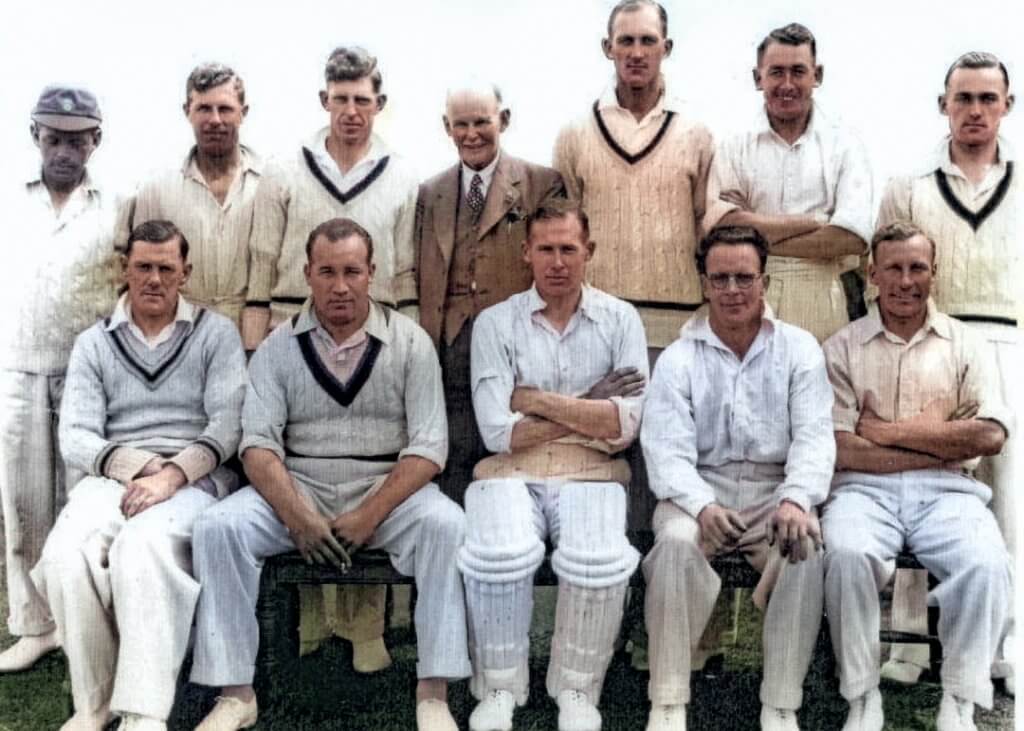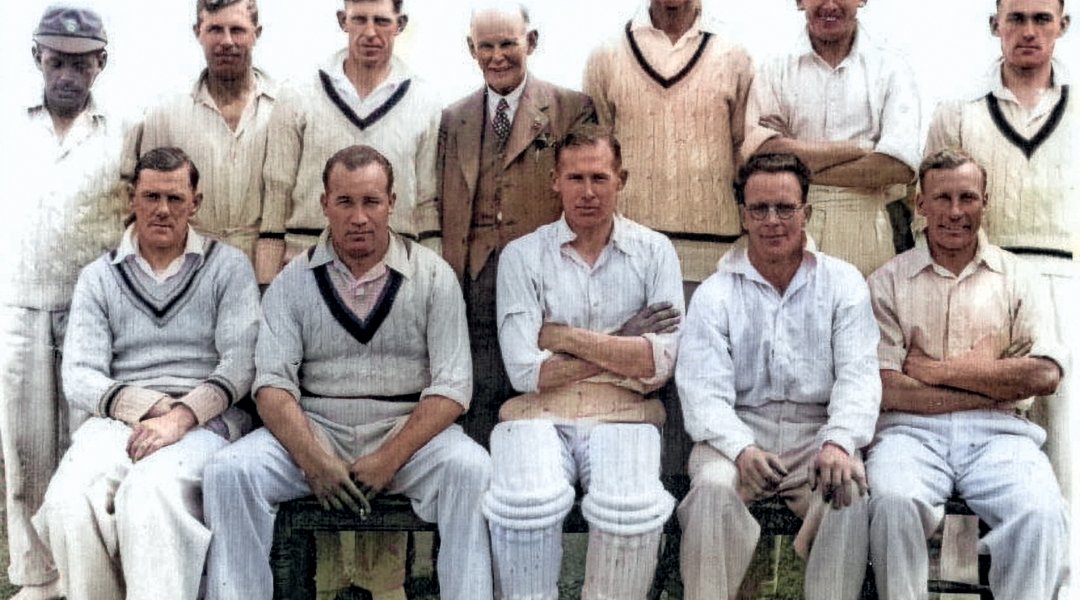DERBYSHIRE have only lifted the County Championship trophy on one occasion. It was in 1936 and it was a remarkable achievement, writes John Stone.
THE team was almost entirely home-produced. Fourteen of the fifteen professionals on the books were born in the county. As it happened, the fifteenth man was born in Liverpool, but to a Derbyshire family and he was brought up in the county. To put out such a homespun team and be competitive at county level is a notable achievement in itself. For that team to turn out to be the best in the land almost defies belief. ‘Remarkable’ is simply not a strong enough word.

It might never have happened. Derbyshire, as a cricket-playing county, might well not even have existed by 1936. On several occasions in the early years of the 20th century the club came within a hair’s breadth of financial oblivion. Matters on the field were no better. In 1920 the club played 18 matches. 17 were lost and the other game was abandoned without a ball being bowled. There had been little or no improvement by 1924. Derbyshire remained winless and firmly rooted at the foot of the championship table. And yet by the end of that decade, Derbyshire suddenly had the makings of a strong side. Despite its ongoing financial predicament, and to its eternal credit, the county club had continued to fund a nursery and had been blessed with a sudden intake of highly promising youngsters from the local area. Former player, Sam Cadman, had been appointed County Coach in 1926 and this proved to be a masterstroke. Cadman’s work with Derbyshire was so impressive that he subsequently became internationally sought after – particularly in South Africa. Sam Cadman’s fingerprints were all over Derbyshire’s dramatic improvement and its eventual championship triumph.
In the 1933 season, Derbyshire rose to the dizzy height of sixth in the championship table. They were third in 1934, runners-up in 1935 – rising ultimately to the summit in 1936. Writing on the 50th anniversary of the triumph, John Arlott concluded that “Derbyshire were undoubtedly the strongest – and their opponents would say the hardest – side in the 1936 competition”. According to Arlott, Derbyshire “made the cricket bristle with competition. Shall we ever see a side of quite such gladiatorial quality in the English county game again? There is no sign of it”, he wrote.
How they did it
Historically, Derbyshire have always been a stronger bowling side than a batting unit and the 1936 Championship team respected this tradition fully. The fast bowlers Bill Copson and Alf Pope were wonderfully complemented by the leg spin and googlies of Tommy Mitchell. By way of an indication of the side’s batting limitations, it was the all-rounders Les Townsend and Stan Worthington who headed the run scoring charts. As the famous cricketing almanac, Wisden, explained “Magnificent bowling – they possessed the deadliest and most varied attack in the country – teamwork rather than individual brilliance and a will-to-win spirit” carried Derbyshire to the title. Wisden made an interesting point about the batting limitations. “Paradoxically though it may appear, this very weakness influenced Derbyshire’s triumph. Had the side put together big totals, their bowlers would never have found the time or opportunity to get rid of opponents for reasonably small scores”.
The Skipper
The Derbyshire captain, Arthur Richardson, an amateur player as was the way at the time, drew fulsome praise in the sports columns of the day for his handling of the bowling attack and, in particular the management of his star paceman, Bill Copson. Copson had endured a combination of injury and indifferent health throughout his career but he was expertly nursed to 140 Championship wickets in 1936 by his captain. It cannot be overstated how crucial this was to Derbyshire’s success.
In a nod to ‘going out at the top’, Richardson never played first-class cricket again after Derbyshire’s final game of that wonderful summer, choosing instead to return to the family business in Derby. Richardson’s batting record was no better than modest although he played several important innings in 1936, most often when Derbyshire backs were against the wall. But, crucially, he enjoyed the complete respect and loyalty of his players. A typical example was the reaction of the persevering pace bowler Alf Pope who frequently found himself doing the hard yards when the opposition batsmen were enjoying a flat wicket and the captain felt it was appropriate to shield Bill Copson. As Richardson reflected years later “I would sometimes tell Alf that he might have to bowl until close of play and he would just say; ‘Don’t worry skipper – I like bowling’ and come bounding in for hours”.
Speaking at the end-of-season reception at Derby Drill Hall, Richardson was fulsome in his praise for his team: “In front of you now, I thank my side for the wonderful way in which they backed me up. Whenever I asked the team for extra effort in a crisis it was always forthcoming. This was a team which never gave up and were never beaten until the last run had been scored.”
It is close to 90 years since Derbyshire’s triumph in 1936 but for those who know their Derbyshire cricket history, the name Arthur Richardson still looms large. He died in 1983 as Derbyshire hosted Kent at Chesterfield. The flag was lowered to half-mast for the duration of the match. Amongst Richardson’s most treasured possessions was a silver cigarette case presented to him by the players at the conclusion of the 1936 season. The simple inscription read: ‘To the Skipper, from the lads’.






